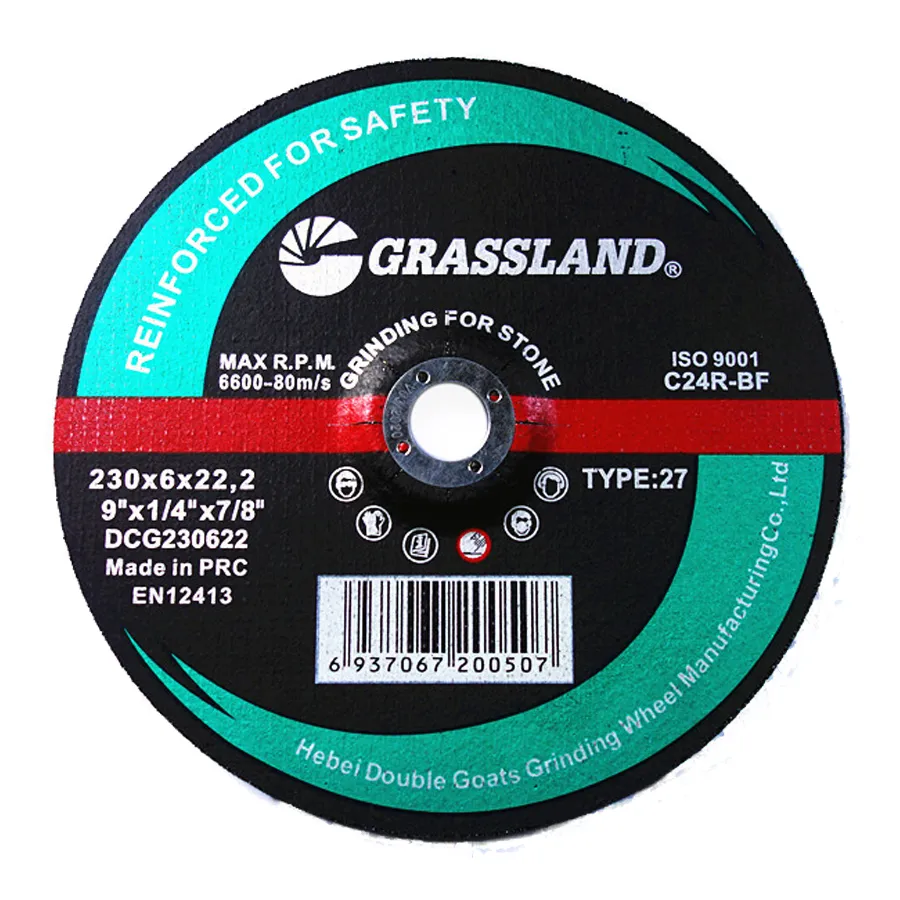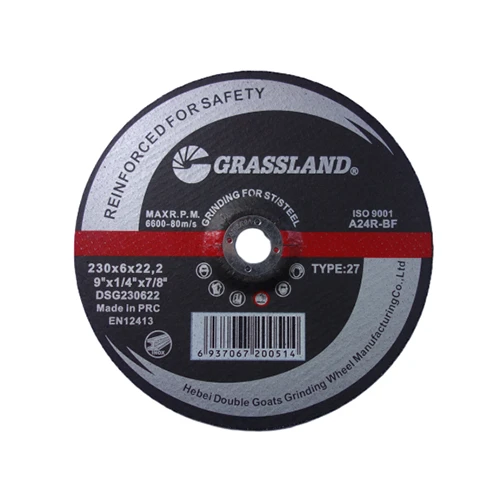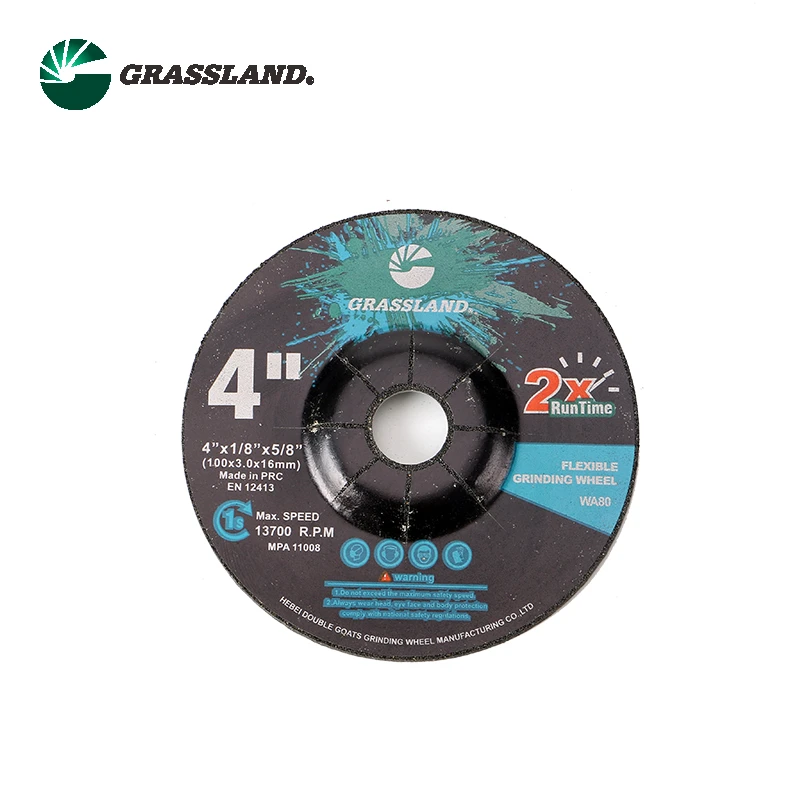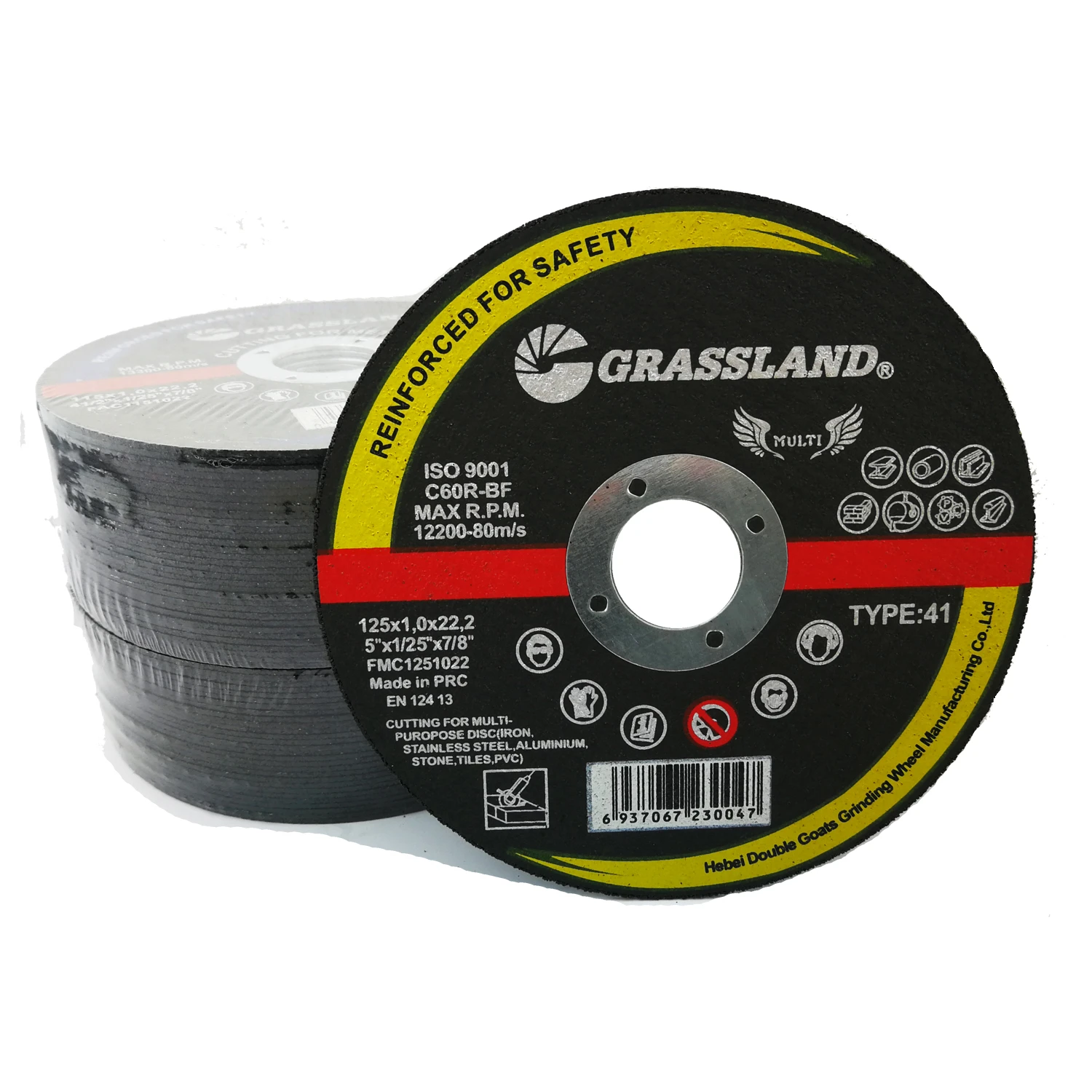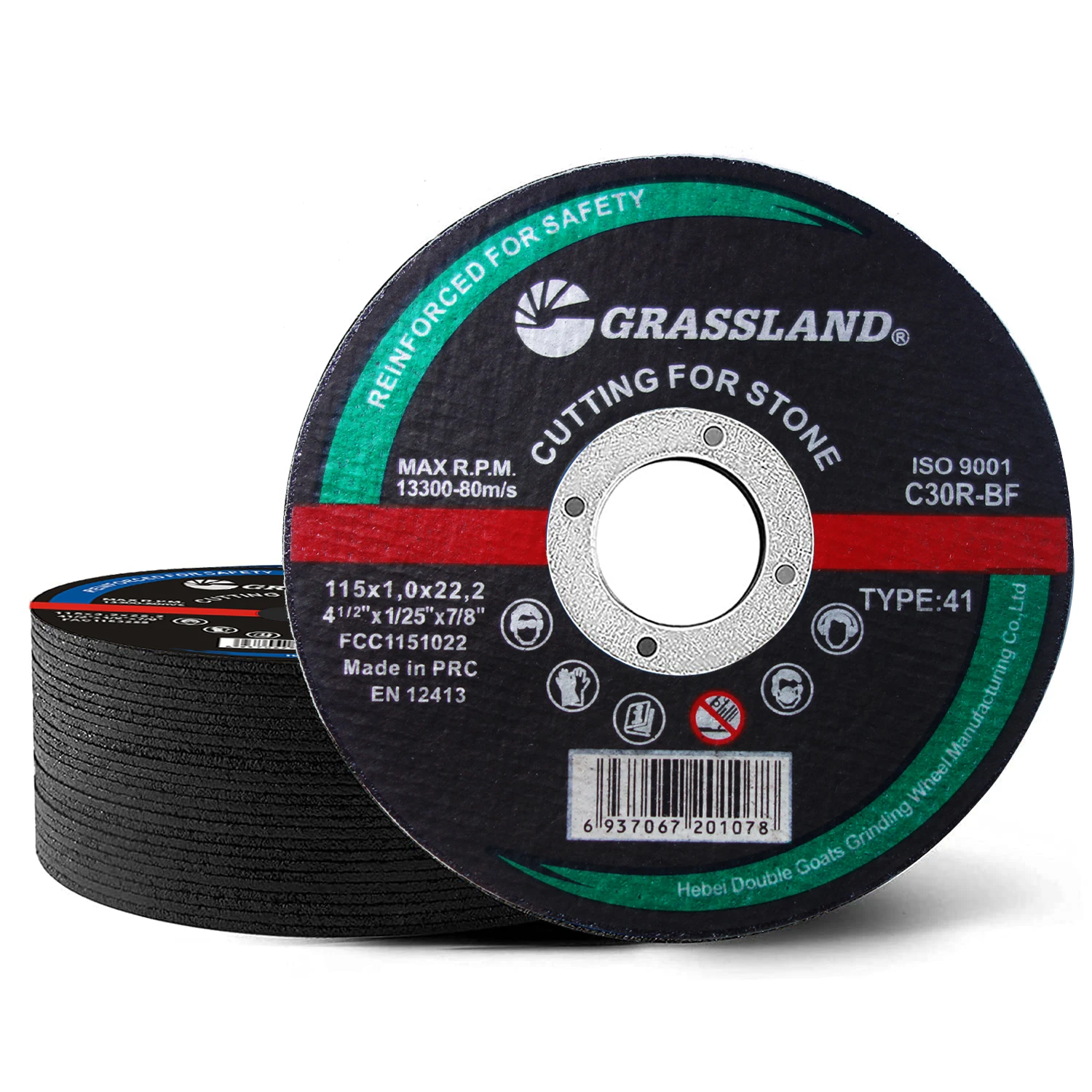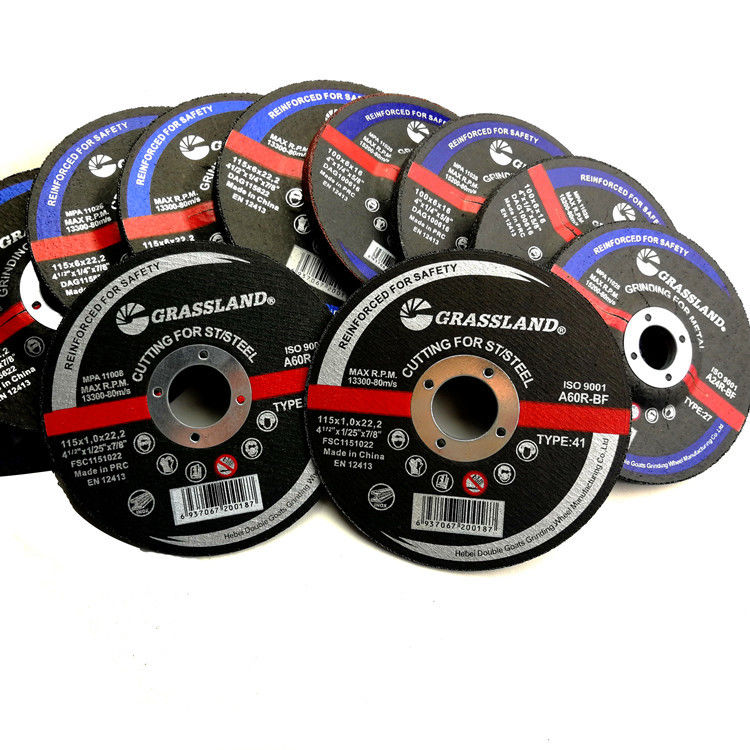Flap Disc vs Grinding Disc Understanding the Key Differences and Applications
In the world of metalworking and fabrication, selecting the right abrasive tool for the task is crucial for efficiency, finish quality, and project success. Two commonly used tools in this domain are flap discs and grinding discs. While both are intended for material removal, they serve different purposes and are suited for various applications. This article delves into the differences between flap discs and grinding discs, helping you choose the right tool for your needs.
What are Flap Discs?
Flap discs are made from multiple layers or flaps of abrasive material that are bonded to a central hub. These flaps are typically made from aluminum oxide, zirconia, or ceramic grains, which offer a range of cutting ability and durability. Flap discs are primarily used for grinding, blending, and finishing surfaces, providing a smoother finish compared to traditional grinding methods.
One of the significant advantages of flap discs is their versatility. They can be used on various materials, including metals, wood, and plastics. Furthermore, flap discs are available in different grits, allowing for both aggressive material removal and fine finishing. Flap discs operate effectively at lower speeds, reducing the risk of burning the workpiece or causing distortion due to heat buildup.
What are Grinding Discs?
Grinding discs, on the other hand, are flat discs made from a harder abrasive composite, designed primarily for high-performance grinding applications. These discs are typically made from silicon carbide or aluminum oxide, offering high durability in demanding environments. Grinding discs are best suited for heavier material removal, such as grinding welds, finishing surfaces, and rough shaping of materials.
The construction of grinding discs allows them to handle more aggressive applications as they are built to withstand higher speeds and pressures. However, they often provide a rougher finish, which may require additional steps for surface smoothing or finishing, depending on the desired outcome.
Key Differences
flap disc vs grinding disc

1. Construction The most apparent difference lies in their construction. Flap discs feature layered flaps of abrasive material, while grinding discs are typically solid and flat. This difference in design impacts their application significantly.
2. Application Flap discs are ideal for blending, finishing, and light grinding, suited for jobs where surface finish is a concern. In contrast, grinding discs excel in heavy-duty grinding and aggressive material removal, making them optimal for tasks that prioritize speed and efficiency.
3. Finish Quality Generally, flap discs provide a smoother finish due to their layered design, leading to less gouging of the surface. Grinding discs, while effective for quick material removal, tend to leave a rougher surface that may require further finishing work.
4. Heat Generation Flap discs generate less heat during operation, which reduces the risk of damaging the workpiece. Grinding discs, however, can create significant heat due to their aggressive nature, necessitating careful handling to prevent overheating.
5. Cost and Availability Flap discs may often be more expensive than grinding discs due to their more complex manufacturing process. However, their versatility and ability to produce finer finishes can justify the cost in many applications.
Conclusion
When choosing between flap discs and grinding discs, it's essential to consider the specific requirements of your project. If you need to achieve a fine finish or perform light material blending, flap discs are the optimal choice. Conversely, if you are dealing with tougher grinding tasks requiring quick material removal, grinding discs will serve you better.
Both tools have their unique strengths and ideal applications. Understanding the differences can enhance efficiency in your workflow, leading to better results and overall satisfaction with your metalworking projects. By carefully assessing your needs and the material involved, you can select the right tool to achieve your desired outcomes effectively.
Post time:Dec - 06 - 2024







